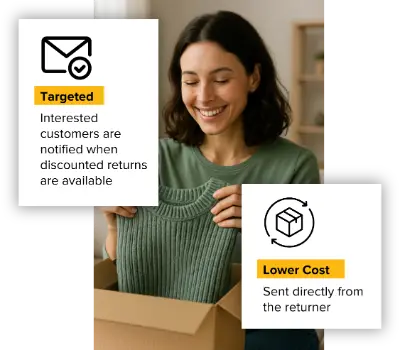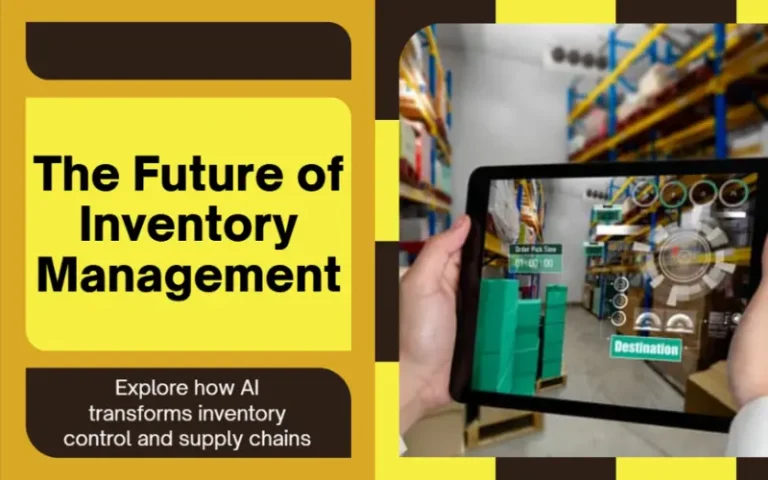Avoid the Wrong Commerce Platform Choice – Unified Commerce vs. Separate Systems

Last updated on June 30, 2017

In this article
 3 minutes
3 minutes
Delighting Omnichannel Customers
As merchants, your goal is to delight your customers, who care about their shopping experiences — not the tools you use to provide them. For multichannel retailers, these experiences span multiple sales and service channels – stores, ecommerce websites, telephone and mail order, marketplaces and more. For reference, “Omnichannel” refers to delivering outstanding and consistent service to individual customers across these channels. “Unified Commerce” refers to the technology and mechanisms we use to deliver that experience.
Unified Commerce Enables Omnichannel Experiences
According to Boston Retail Partners (BRP), “the idea of a single, centralized, real-time platform for all customer engagement points is a key tenet of unified commerce.” If this is the case, then why are so few companies running their commerce operations on a single, unified platform?
To answer, we must first identify the different systems, platforms and data that merchants might already have in place, each specializing in different parts of the business:
- Ecommerce website / storefront
- In-Store Point-of-Sale (POS)
- Call center and CRM software
- Order management software
- Inventory management software
- Product Information Management (PIM)
- Accounting software
- Warehouse management & fulfillment software
- Online marketplace management software
Our whitepaper, The Expert’s Guide: Unified Commerce vs. Separate Systems, outlines the pros and cons of the different approaches today’s leading merchants are using to unify these disparate technologies and deliver omnichannel service excellence.
Slash Your Fulfillment Costs by Up to 30%
Cut shipping expenses by 30% and boost profit with Cahoot's AI-optimized fulfillment services and modern tech —no overheads and no humans required!
I'm Interested in Saving Time and MoneyA Unified Commerce Suite integrates all the different functional areas of the business into one standard platform. The benefits include
- Single Database: A unified commerce suite has a single database, which provides consistent, real-time information and full inventory visibility across all channels
- Easier Integration: Most unified commerce suites are fully integrated natively, and don’t have the integration costs and challenges typical of separate systems.
- Lower Overall Cost: Unified suites tend to be easier to scale and are less expensive than the combined cost of multiple separate systems.
Of course, there are good reasons to maintain separate, stand-alone systems too:
- The Need for Best of Breed: The best solution for OMS, for example, may not be part of a unified commerce solution
- Less Customization: Separate systems may not require much customization since they are already feature-rich out of the box.
Also, swapping out all legacy systems for one new unified platform is a daunting, risky task. The challenge with moving towards a unified commerce approach, as articulated by BRP’s Ken Morris, is that, “Retailers aren’t going to throw their legacy applications away, they’re not going to throw their investments away, but what they have to do is link it all in real time.”
This is Where a Hybrid Approach Fits In – Creating a Unified Commerce Experience with Separate Systems.
A robust Order Management System with powerful APIs is the central figure of the commerce technology stack, providing a single, real-time view of orders, inventory, and customers across all channels and platforms.
Benefits include:
- Enables a unified commerce customer experience fastest with lowest expense.
- Synchronizes databases to provide consistent, real-time inventory and order visibility across all channels, minimizing costs and maximizing efficiencies.
- Builds upon existing infrastructure’s rich features, without having to remove or replace existing investments.
Looking for a New 3PL? Start with this Free RFP Template
Cut weeks off your selection process. Avoid pitfalls. Get the only 3PL RFP checklist built for ecommerce brands, absolutely free.
Get My Free 3PL RFP
While stand-alone systems and unified suites each have important strengths, a hybrid approach is usually the fastest and lowest risk approach to delivering a unified experience to customers.

Turn Returns Into New Revenue





